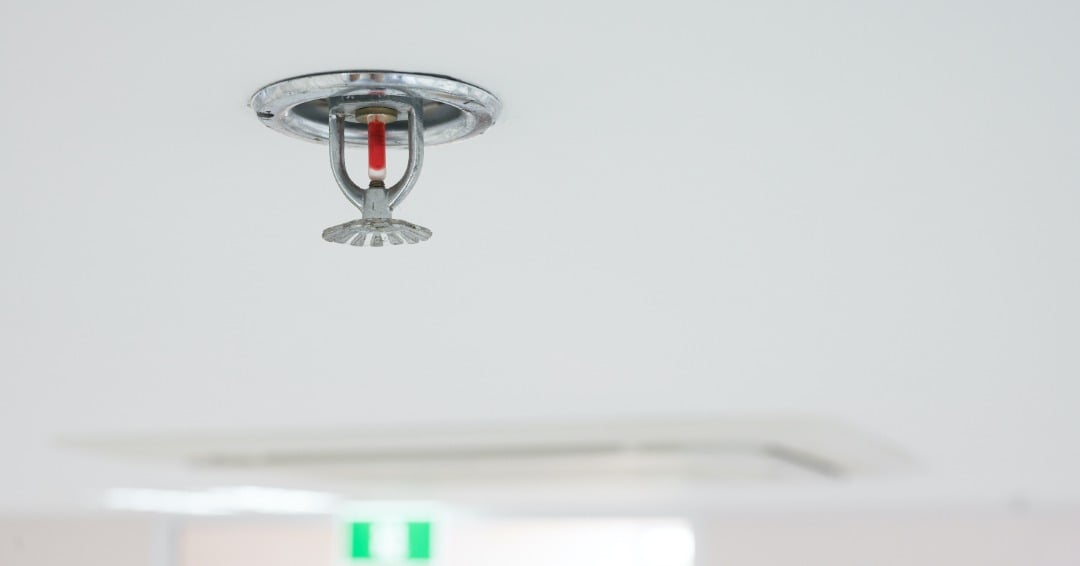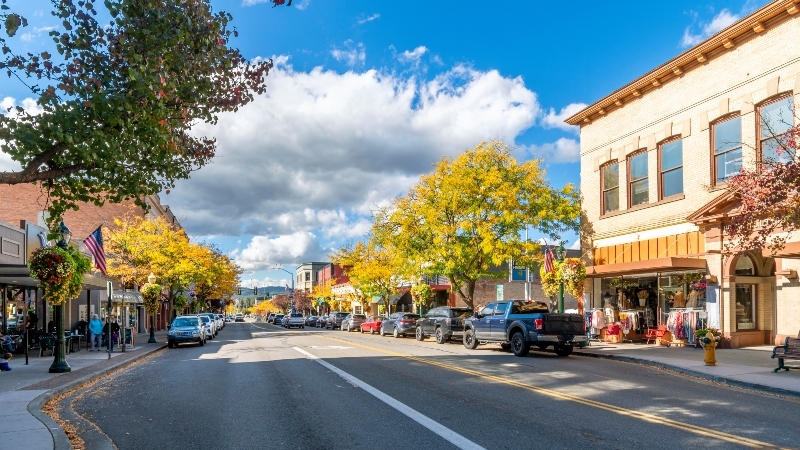Making the Switch: Vendor Transition Guide
Switching fire and security vendors feels risky. Even if your current provider isn't meeting your needs, the thought of transitioning systems and...
 |
Fire protection professionals committed to safeguarding lives, property, and peace of mind. |
 |
Solutions designed for your property type, from multi-family housing to healthcare facilities to retail spaces. |

|
Fire alarm, area of refuge, camera, and card access monitoring services. |
 |
Clear communication and instant response when every second counts. |
 |
From kitchens to server rooms, the right protection for every space. |
 |
Keep your primary defense system ready and reliable. |

|
Manage all your properties' access from one simple platform. |
 |
Monitor multiple properties in real time from anywhere, at any time. |

|
Document upcoming maintenance appointments and improve your proactive budget planning. |
 |
Fire Extinguisher Maintenance Checklist Learn the requirements for testing extinguishers monthly, annually, and beyond. |

|
Track all your inspection deadlines in one place. |
 |
Kitchen Hood Inspection Checklist Ensure your kitchen hoods are safe and compliant. Download a complete list of testing requirements. |

|
Guide to Fire & Security Monitoring Your complete property protection handbook in practical terms. |

|
Running a food truck takes work—this guide gives you the tools to keep it safe and up to code. |
 |
Comprehensive Guide to NFPA 13 and NFPA 25 Fire Sprinkler Systems Navigate sprinkler system requirements with confidence using our straightforward guide to codes and maintenance. |

|
Get your essential compliance guide. |
 |
When reliability matters across 18 restaurants, micromanagement doesn't. |
3 min read
Brothers Fire & Security : October 23, 2023

Fire sprinkler provisions have been in building codes for decades. Automatic fire sprinkler systems improve survival rates and decrease the risk of financial loss by limiting the spread of flames. A well-designed automatic sprinkler system is critical to the overall safety of a residential building.
A common misconception among designers and property owners is that the NFPA 13, Standard for the Installation of Sprinkler Systems determines which buildings must have automatic sprinkler systems. In actuality, the NFPA 13 identifies the criteria for these fire suppression systems while the building code identifies when they’re required.
In Minnesota, the 2020 Building Code establishes the requirements for automatic sprinkler systems in residential buildings. That said, it’s paramount to review the requirements from all applicable codes in your jurisdiction when determining the minimum fire safety requirements in a building. A good rule of thumb is to adhere to whichever code is more restrictive.
An automatic sprinkler system is to be provided in residential properties in the following use cases:
In this case, each single-family dwelling unit shall be considered to be a separate building and outfitted with an appropriate fire sprinkler system. Attached garages are required to have one dry head sprinkler while attached covered patios/decks (if combustible) and similar structures are required to have at least one dry head sprinkler for every 20 linear feet of common wall or inside sprinklers that act as a water curtain.
However, sprinklers are not required if the attached structures (with the exception of garages) have less than 40 square feet of floor area.
Resource: Different Types of Sprinkler Systems Explained
A resort building is defined as any structure with sleeping accommodations located on property neighboring any lake, stream or recreational spaces like skiing or hunting areas. Automatic sprinkler systems must be installed if the resort exceeds 9,250 square feet of building area.
Other buildings that must adhere to the same requirements include:
Note: For the properties listed above, automatic sprinkler systems are only required if the dwellings have more than 4,500 square feet of building area.
Care facilities include:
Boarding houses, congregate living, and care facilities licensed by the State of Minnesota must be equipped with automatic fire sprinkler systems. The only buildings exempt from having fire sprinkler systems according to the building code are those containing one or two separate single-family dwelling units (however, a separate licensing agency may require them).
The monitoring of fire protection systems is just as important as the systems themselves. Timely detection is key to saving lives and preventing costly property damage and injuries. While the entire system is required to be thoroughly inspected, tested, and maintained annually (once per year minimum of 9 months, maximum 15 months), some components need to be tested semiannually (twice per year with a minimum of 4 months, maximum of 8 months) by an approved servicing company in accordance with Chapter 14 of NFPA 72 (see Tables 14.3.1 and 14.4.5). It’s crucial to work with fire alarm monitoring professionals to ensure your fire protection and life safety systems are up to code and working as they should.
Fire alarm monitoring is an effective way to ensure that no alarms go unheard. To find out more about sprinkler requirements or discuss monitoring services for fire systems, call us at 763-441-2290 or visit our contact us page.

Switching fire and security vendors feels risky. Even if your current provider isn't meeting your needs, the thought of transitioning systems and...

Your fire alarm shows a trouble signal. Last week's sprinkler inspection never happened, and despite three calls and multiple messages, your vendor...

Winter weather and holiday demands can make managing multi-location security a nightmare. Fall is your best window to upgrade security systems,...